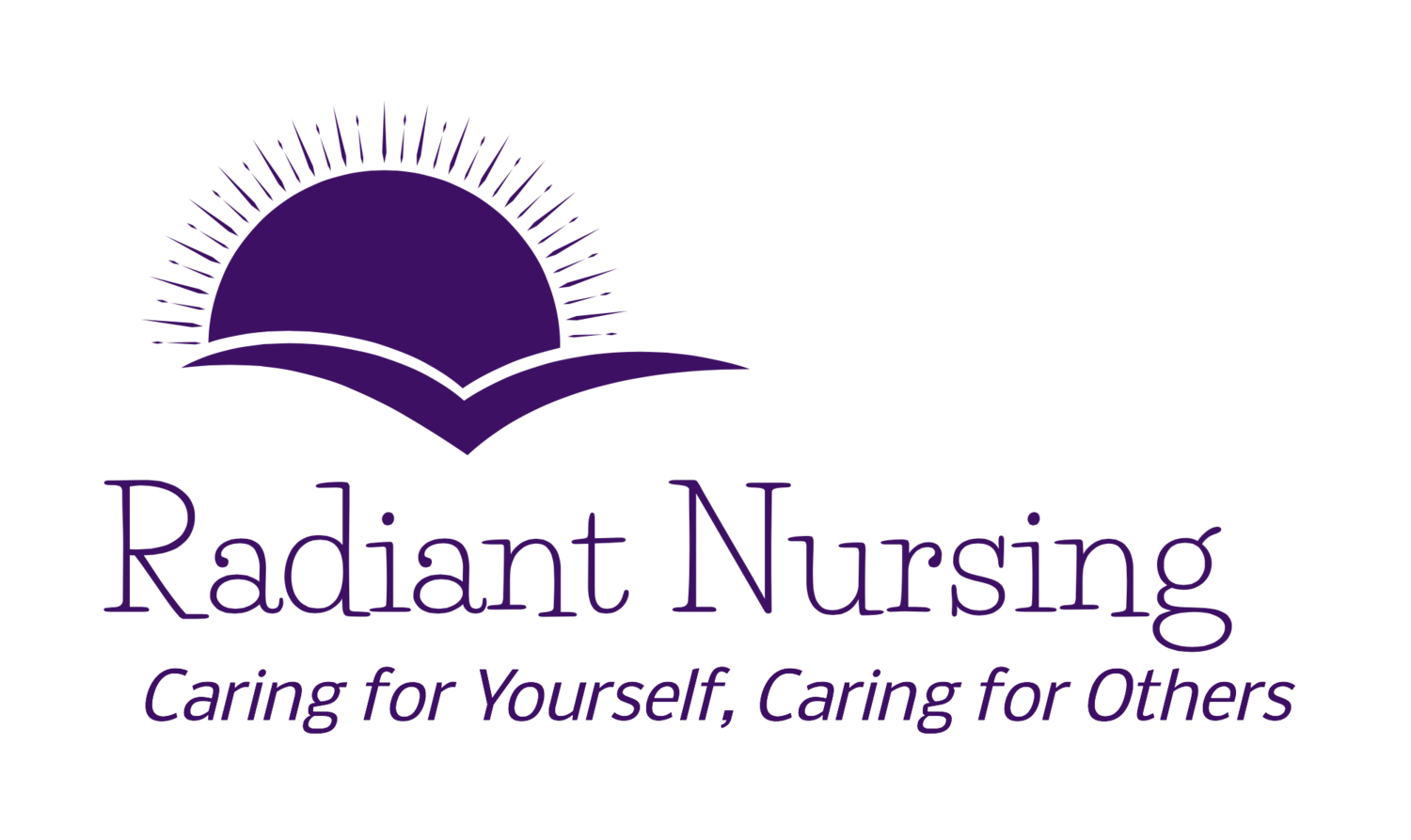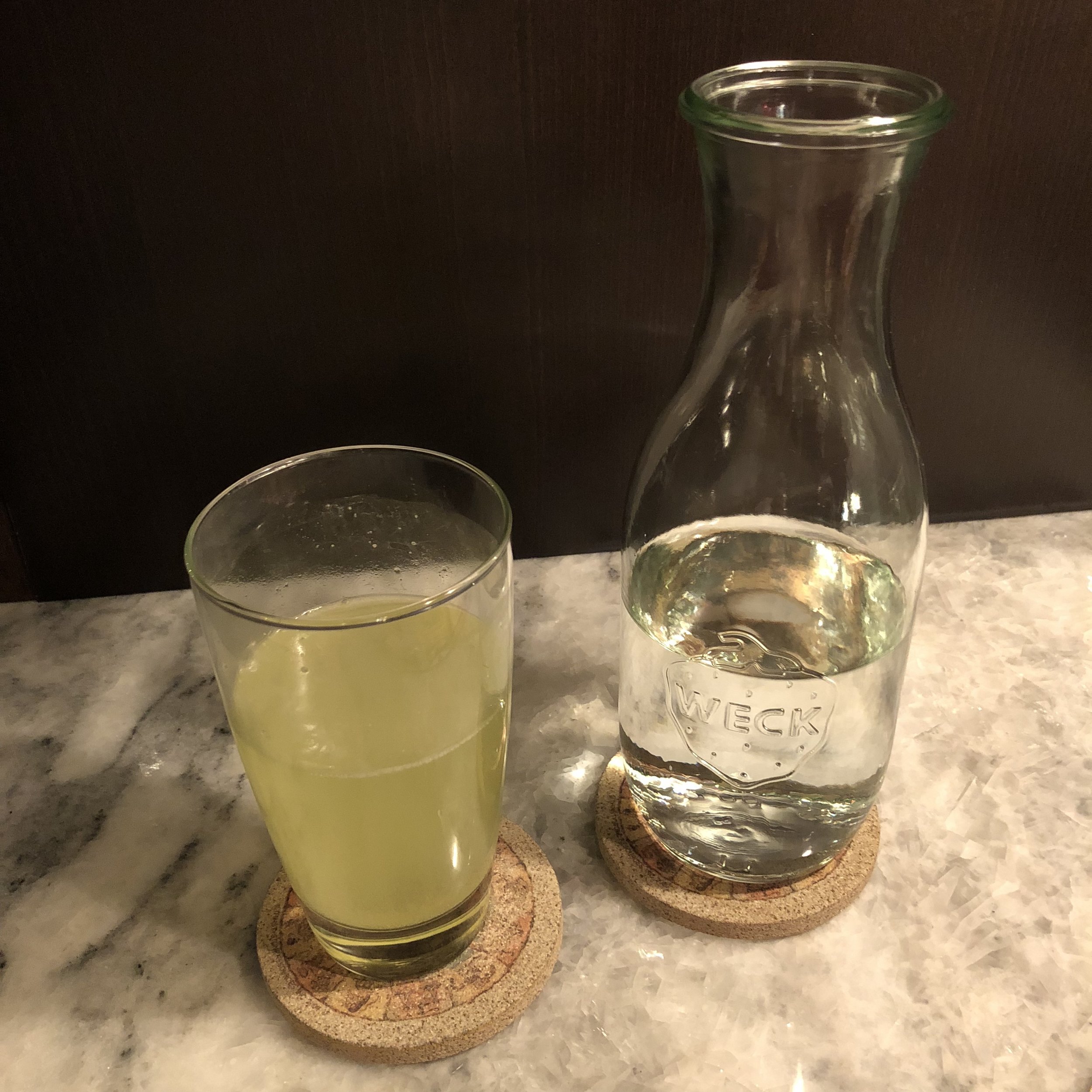Traveling In A Heatwave
/Soaring Temperatures
Temperatures have been high for weeks and if you're traveling in Europe this summer, it means toughing it out through a heatwave. Usually with no air conditioning. Few of the mid-range B&B's or hotels have air conditioning and this is also true of most restaurants and stores.
Even if by some chance you manage to find a hotel with air conditioning, it is of no use when you're in town waiting in tour lines with no shade and with hot concrete rising up to meet the sun beating down on your head and shoulders. Or when you're hauling luggage on to the train, getting packed into a subway or walking across town.
Even places in Europe not accustomed to higher temperatures, like Scotland, saw the mercury climb with unexpected results.
“Glasgow, which had been suffering its hottest day on record, came in at 89.4 degrees Fahrenheit.
Glasgow wasn’t built to withstand such heat, and the record-breaking day caused the roof of the city’s science center to “melt” rubbery goo down the sides of the building.”
It's A Sweaty Time
During long, hot days, we are always losing water through insensible loss – meaning a loss of water from the body in ways that we can't see or measure.
“Insensible Water Loss
A loss of body fluid that is not easily measured, e.g., the moisture released in exhalation and perspiration. The amount of fluid typically lost is about 200 mL a day. Insensible fluid losses increase in any disease or condition that increases diffusion of liquid from the skin or the lungs, e.g., in burns, climatic changes, fever, or heavy exercise.”
Combine insensible water loss with heavy sweating, soaking through your hair and clothes while on a tour of a castle or hiking in a blazing sun and you're at risk not only for dehydration, but an imbalance and loss of electrolytes. Sweat is basically water, sodium chloride, and potassium – all of which you have to replenish after sweating heavily.
This is of particular concern for the elderly, people with heart conditions that depend on well-balanced electrolytes and pregnant women.
We can drink water to offset the dehydration, but plain water doesn't help much to replenish electrolytes in the body. In the United States, you could stop by a corner store and pick up some Gatorade, but that's not easy to come by in a foreign country. And it's not practical to carry it around while traveling.
Nuun To The Rescue
You need to replace the lost electrolytes, but how best to do this when you're traveling?
Nuun Hydration, Electrolyte Drink Tabs are a great option. A cardiologist I know recommended Nuun as an excellent source to replenish electrolytes.
Nuun is great for traveling. Just add a small tab to 16 ounces of water, it fizzes a bit like an Alka-Seltzer tablet, and your electrolyte "sports drink" is ready to go. Nuun is lightweight and compact and easy to fit into your luggage.
I traveled in Europe during part of the heatwave and the heat was not much fun. Despite dodging into shady spots whenever possible, some heat-filled days were a water bath of sweat. In the evening, when I got back to my hotel, I pulled out my 16 ounce Klean Kanteen bottle, filled it with water, and popped in a Nuun tab. Voilà!
Electrolytes For The Road
Nuun is a refreshing drink that is not overly sweet. There is a slightly salty taste, but that's just a reminder that the electrolytes are there for your benefit. I've tried several flavors and all of them have tasted fine.
“each electrolyte tablet contains:
sodium: 360 mg
potassium: 100 mg
magnesium: 25 mg
calcium: 13 mg
vitamin c: 38 mg
10 calories
1 g of sugar
other ingredients include:
plant based sweetener monk fruit and a touch of stevia leaf extract to provide a crisp and light sweetness
non-gmo sourced dextrose to increase the speed of absorption and hydrate you faster
avocado oil for clean, plant-based production”
Replace Electrolytes When You Workout
Nuun is also helpful when you're back at home especially after big workouts or when there is a local heatwave and you have to spend time outdoors with lots of sweating.
You can find Nuun tablets at their website or on Amazon.
Update: Nuun has new packaging of their Nuun Hydration tablet.
Note – I am not affiliated with Nuun nor do I receive any renumeration for mentioning their product. Please always consult your own medical provider if Nuun would be a good choice for you.







